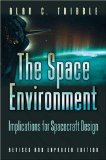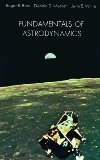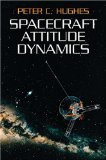Â
SpaceX dixit:
“SpaceX has completed qualification testing for the SuperDraco thruster, an engine that will power the Dragon spacecraft’s launch escape system and enable the vehicle to land propulsively on Earth or another planet with pinpoint accuracy.
The SuperDraco is an advanced version of the Draco engines currently used by SpaceX’s Dragon spacecraft to maneuver in orbit and during re-entry. SuperDracos will be used on the crew version of the Dragon spacecraft as part of the vehicle’s launch escape system; they will also enable propulsive landing on land. Each SuperDraco produces 16,000 pounds of thrust and can be restarted multiple times if necessary. In addition, the engines have the ability to deep throttle, providing astronauts with precise control and enormous power.
The qualification testing program took place over the last month at SpaceX’s Rocket Development Facility in McGregor, Texas. The program included testing across a variety of conditions including multiple starts, extended firing durations and extreme off-nominal propellant flow and temperatures.”
Credit: SpaceX









 Subscribe to blog posts using RSS
Subscribe to blog posts using RSS










